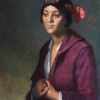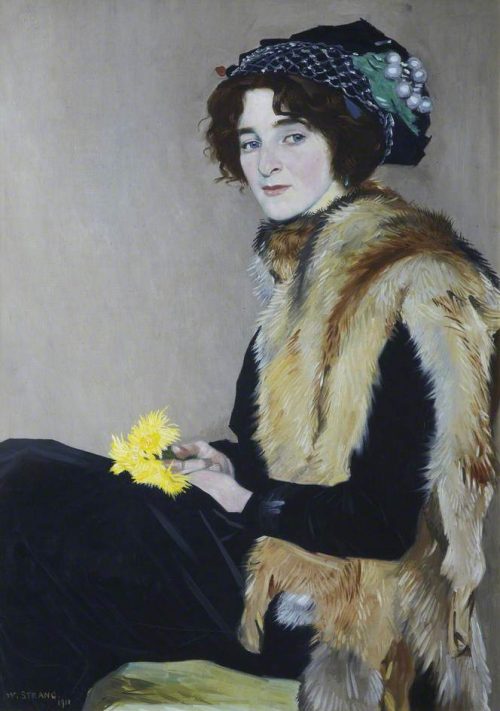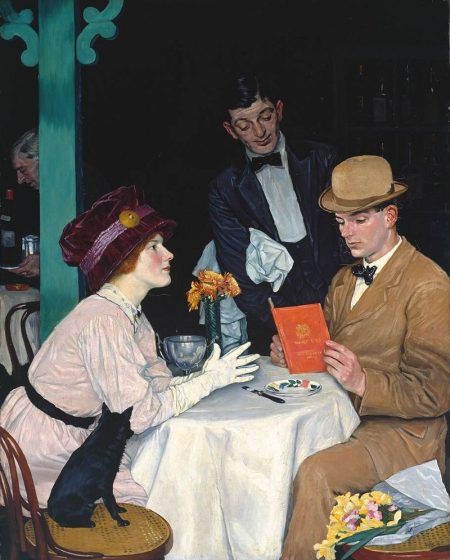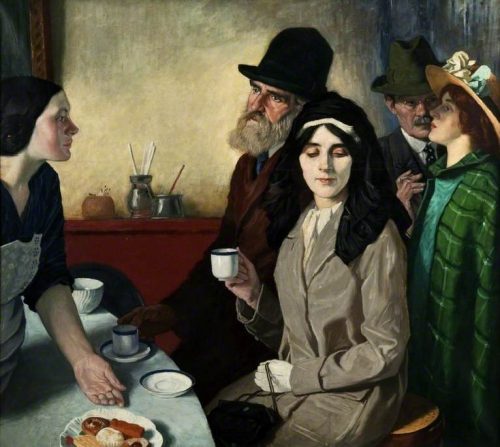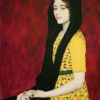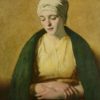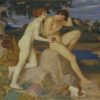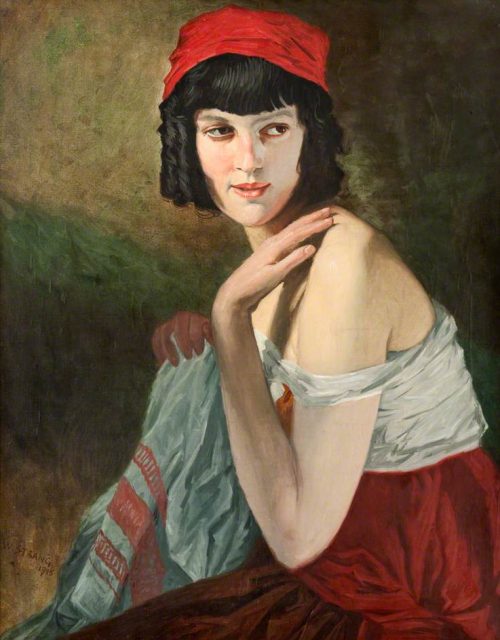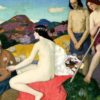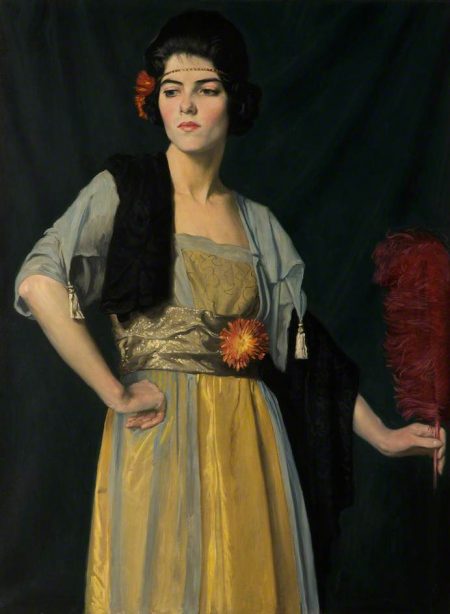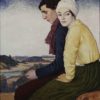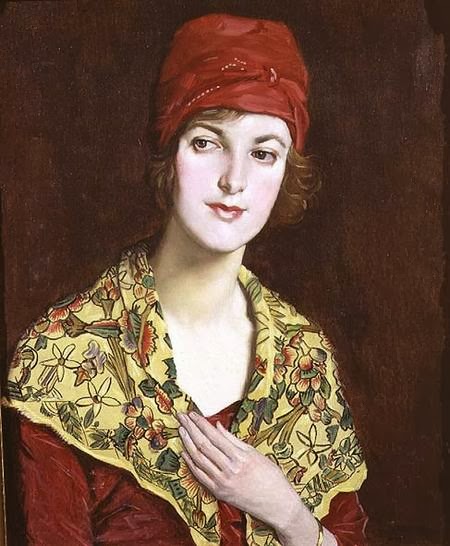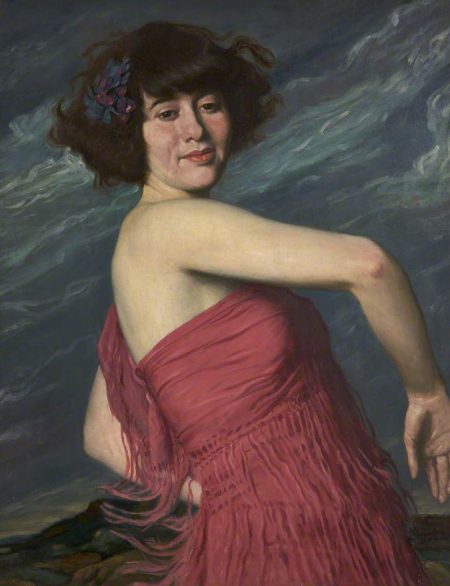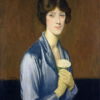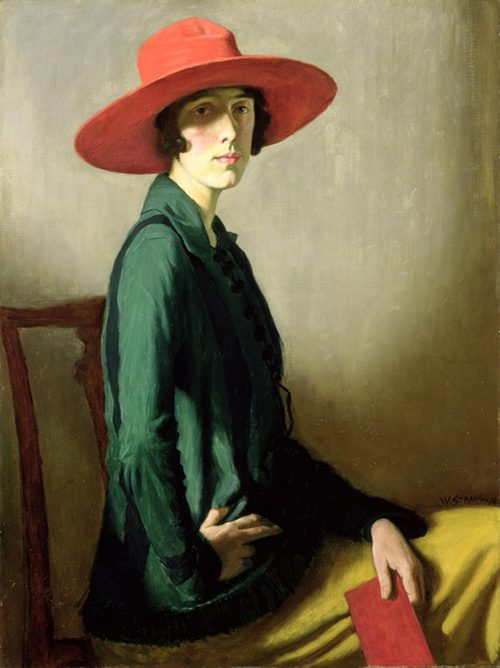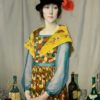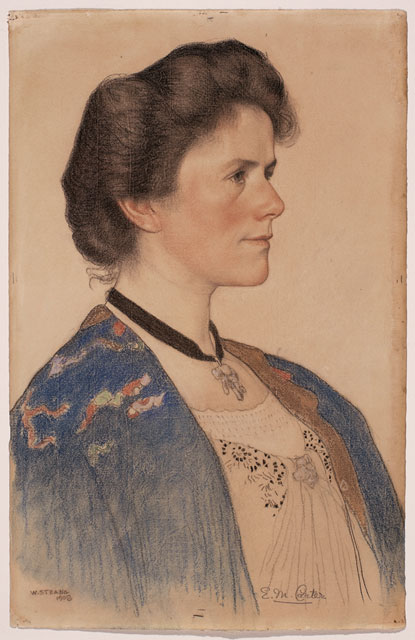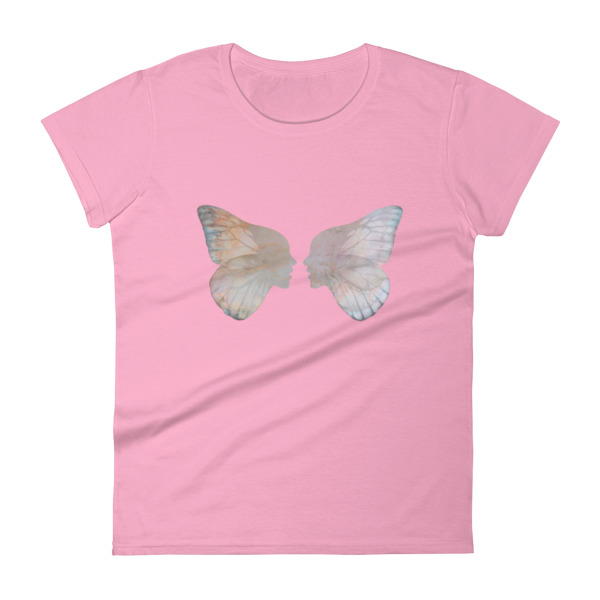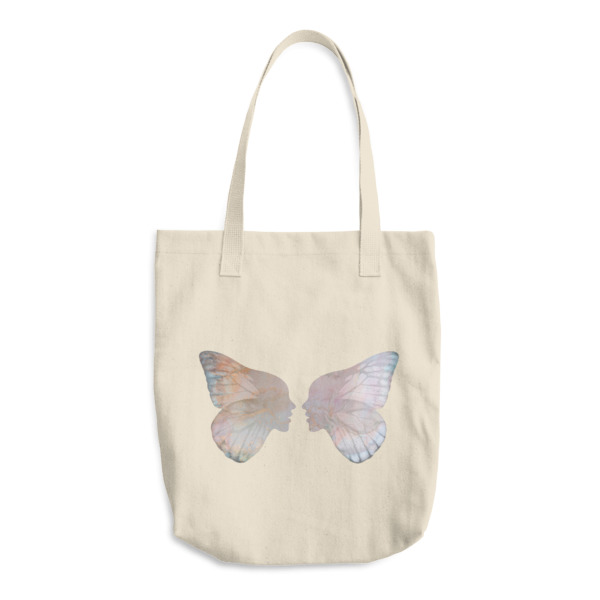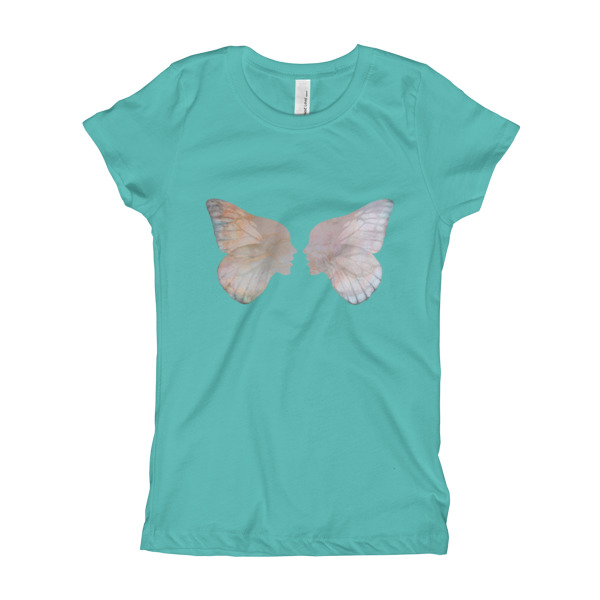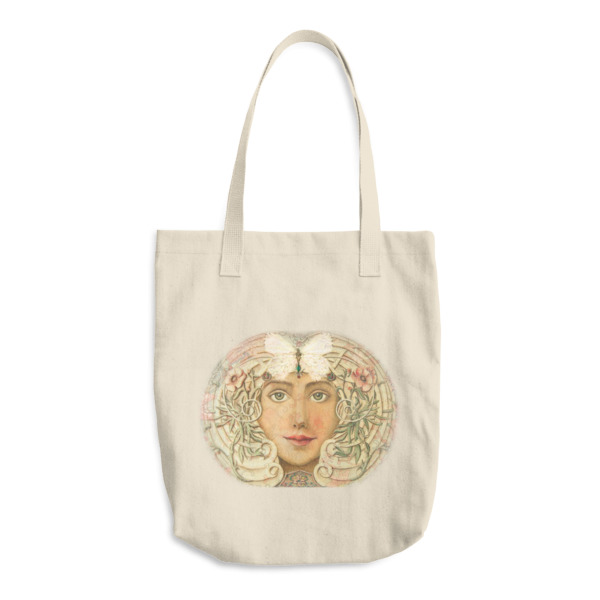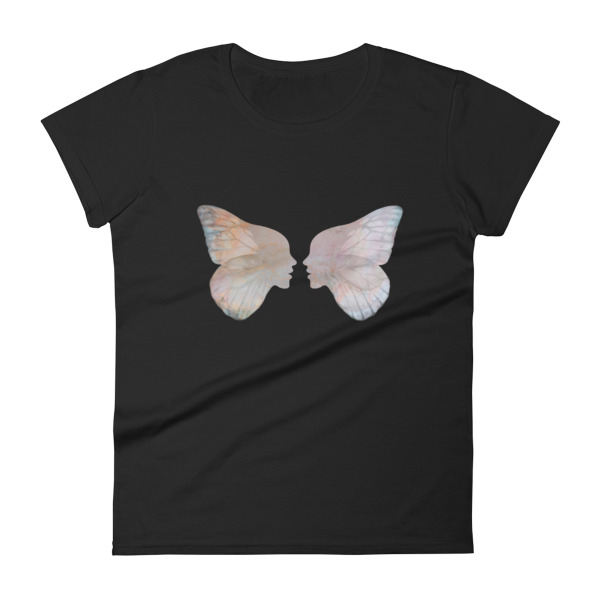William Strang (1859-1921)
William Strang was a Scottish painter and engraver, notable for illustrating the works of Bunyan, Coleridge and Kipling. Strang produced a number of paintings, portraits, nude figures in landscapes, and groups of peasant families, which were exhibited at the Royal Academy, The International Society, and several German exhibitions.
He painted a decorative series of scenes from the story of Adam and Eve for the library of a Wolverhampton landowner named Hodson; they were exhibited at the Whitechapel exhibition in 1910. Some of his nude model drawings in silver point and red and black chalk are very beautiful as well as powerful and true. He also painted landscapes, mostly small in size.
In later years he developed a style of drawing in red and black chalk, with the whites and high lights rubbed out, on paper stained with water colour. His method gives qualities of delicate modelling and refined form and gradations akin to the drawings of Hans Holbein the Younger. He drew portraits in this manner of many members of the Order of Merit for the royal library at Windsor Castle.
In 1902 Strang retired from the Royal Society of Painter-Etchers, as a protest against the inclusion in its exhibitions of etched or engraved reproductions of pictures. His work was subsequently seen principally in the exhibitions of the Royal Academy, the Society of Twelve and the International Society, to which he was elected in 1905. Strang was also elected an associate engraver of the Royal Academy when that degree was revived in 1906. William Strang was master of the Art Workers Guild in 1907. His portrait can be seen at the Art Workers Guild 6 Queen Square London WC1N 3AT.
